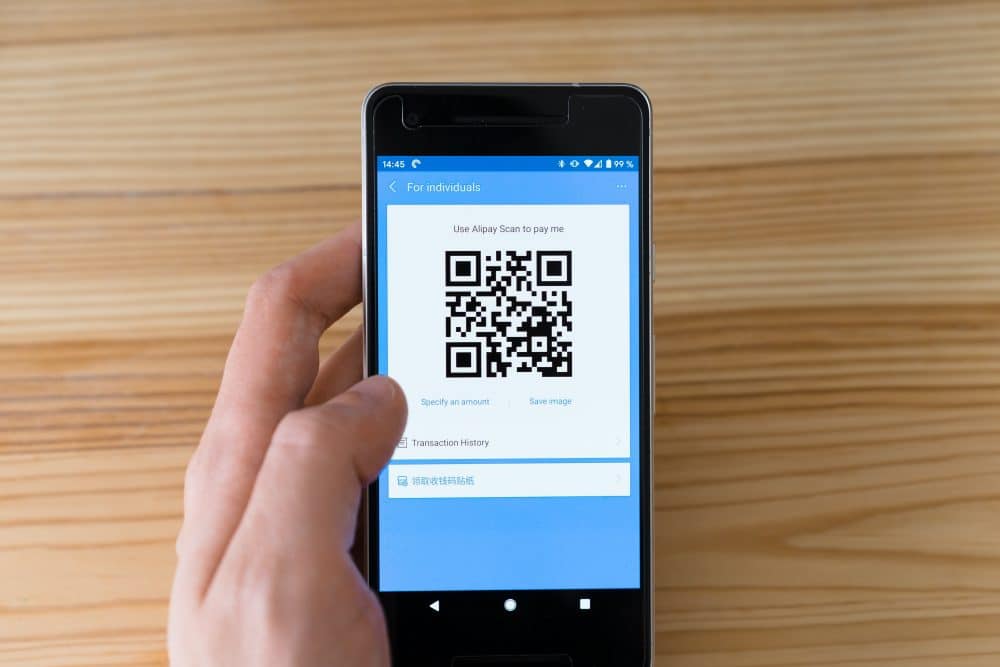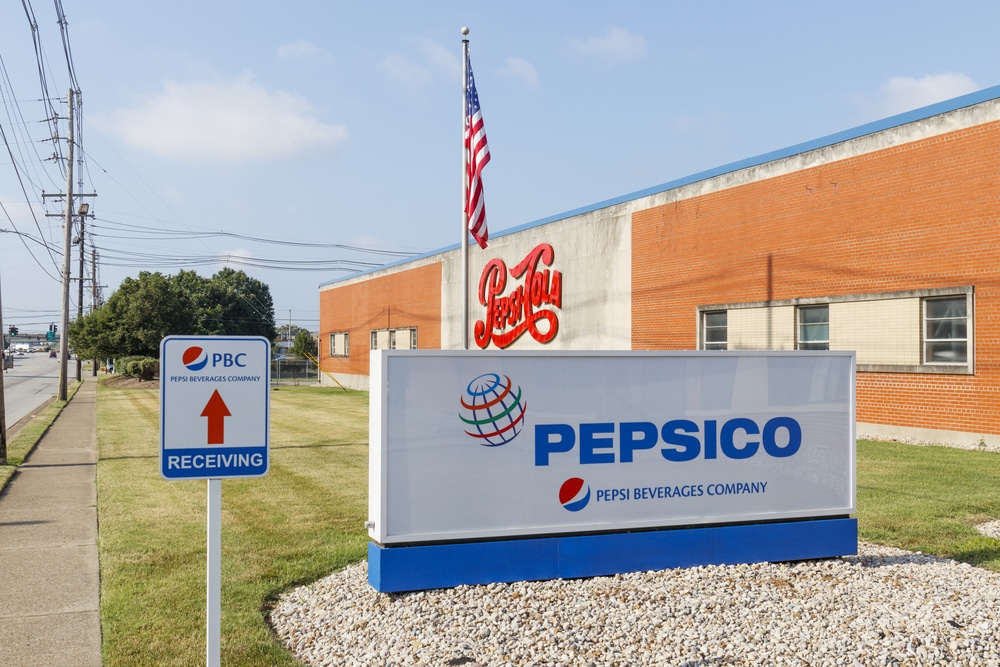You are probably familiar with the term “urban myths.” But what about barcode myths? Have you heard about the alligators that inhabit New York sewage systems? Do you know about the myth that Mr. Rogers was a Navy Seal and wore his cardigan to cover numerous tattoos? Here is a lesser know one. Myths often circulate concerning something as niche as the common barcode. Are you interested in learning more? Then read on. You might be surprised by the barcode myths that surround this helpful business tool.
Barcode Myth One: A Barcode Can Indicate Manufacturing Location
This barcode myth began circulating due to a series of emails concerning dangerous goods originating from China. The emails indicated that you could determine where a product originated based on the first three numbers of a product’s barcode. The truth is that there is more than one singular type of barcode being used throughout the world. This means that a universal “first three letter code” in barcode history is a myth. For example, UPC barcodes (barcodes used within the United States of America) do not begin with numbers that indicate “made in the United States of America).
While some barcodes do indicate country origins, such as the EAN-13 barcodes used in some parts of Europe, not all barcodes are indicative of manufacturing origins. Just look for a “Made in” label. That is the best way for you to learn where a product originated. However, even these labels might mislead you. If you really want to know where a product was made, then contact the FDA (United States Food and Drug Administration.)
Barcode Myth Two: Every Barcode Contains The Dreaded Number “666”
The number 666 is considered a bad omen by many different culture groups. A superstition that may have arisen due to a passage found in Revelation chapter 13 in the Holy Bible. The idea that every barcode contains the number “666” is a popular belief, but it is definitely a myth. Barcodes are made up of seven different black and white lines that are put into a specific sequence so that a pattern is formed. Every product is typically given a one-of-a-kind number that is thirteen digits long. These digits include:
- Product identification digit.
- Check digit.
- Flagging digits (used to identify which organization assigned the barcode itself).
Many experts believe that this barcode myth began due to the “guard bars” located at the start, middle, and finish of every standard barcode pattern. People often misread the guard bars as the number six and assume that 666 is embedded in every barcode. However, the only thing really being observed is a set of guard bars. The only digits on a barcode that are scanned and documented are the numerals beneath the barcode itself.
Barcode Myth Three: Barcode Systems Are Too Difficult for Small Businesses
Nope! The idea that barcode systems are difficult to set up and use (regardless of business size) is not true at all. In fact, barcode systems are one of the easiest tools available to small business owners. Barcodes are simply comprised of letters and symbols that are indicated by a series of black and white vertical lines. This system is comparable to the binary system used for computer coding (a series of ones and zeroes that communicate a set of information).
When you scan a product with a barcode scanner it appears in number format on the computer screen. That is all there is to it. Most of the products within a store, no matter how small, may already have barcodes on them. These barcodes are the manufacturer barcodes. Since they are so common you can scan them without a problem. The steps to utilizing barcode scanning and printing systems are as follows:
- Implementing a brand new product into stock.
- Scanning the barcode.
- Saving the product with a set of given specifications.
- Scanning the product upon making a sale.
Easy enough? Good.
Obviously, there are many myths associated with new technologies such as barcode systems. However, not all of these myths are true. If you are interested in purchasing a quality barcode system, such as the barcode printing systems by Shopify you may want to make a list of potential questions so that the buying process is transparent and myth-free. Once you get past the many untruths surrounding the new technology you will find that barcodes are invaluable in the successful operation of your business.
Read Also:
Why Investing in Technology is the Right Move for Small Business
Secret ways to Start and Spur Your Business Easily
3 Reasons To Get a Toll-Free Business Number
5 Small Business Taxes you Need to Know About










